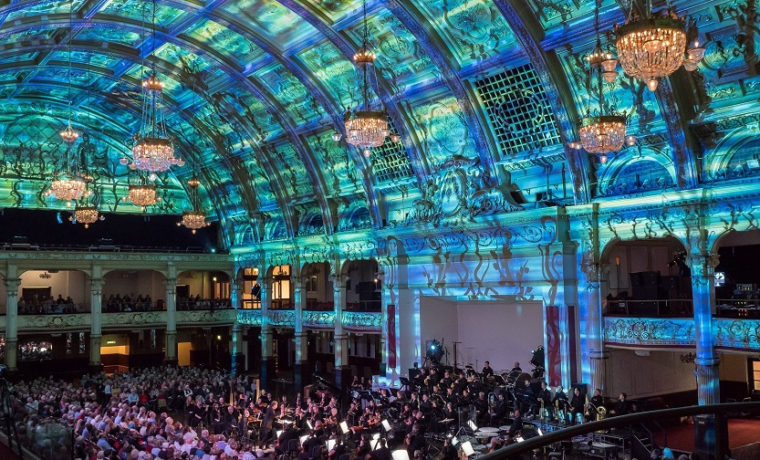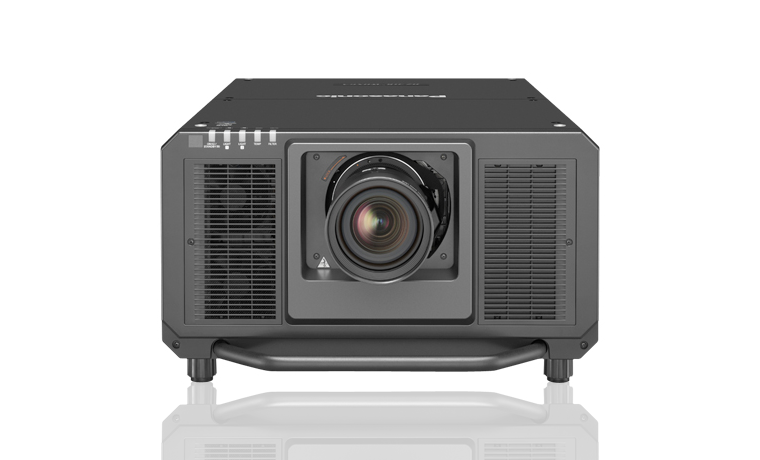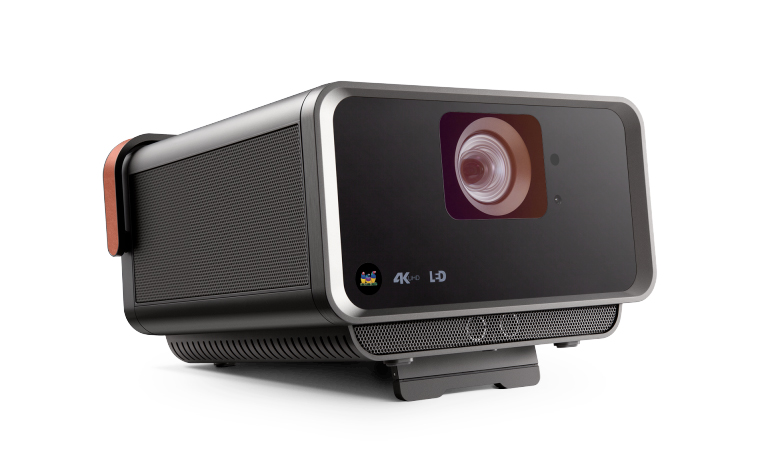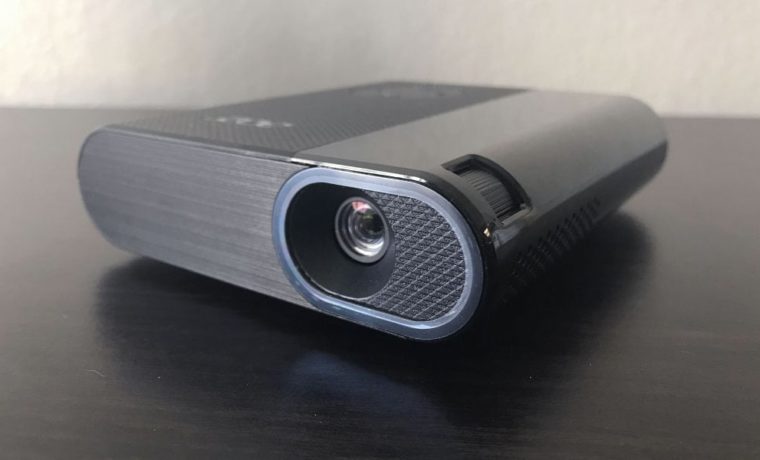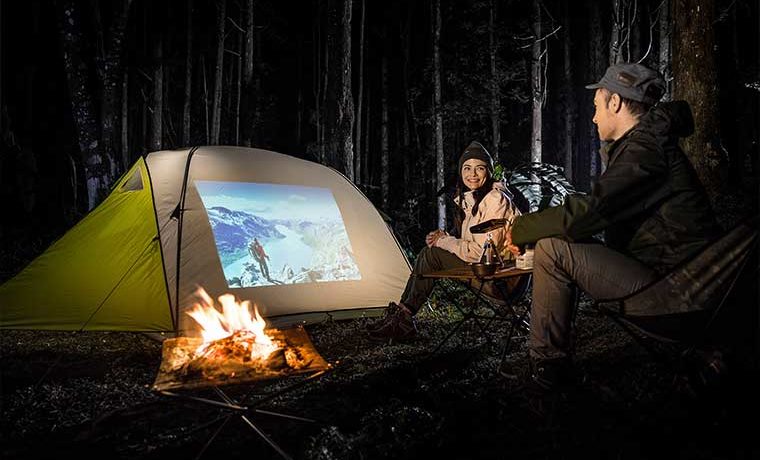Let’s start with the why.
LED projectors are perceived to be brighter than their lamp projector counterparts. Take two 2,000 lumen projectors – one of each, and all else being equal, most people will think the LED projector is really brighter!
Note that I said, “perceived.” My regular readers know I love talking about perceived sharpness. Well, perceived brightness is a real thing too.
In this case, let me introduce you – in just a few words – to the H-K Effect (first described about 200 years ago, but not by me):
More saturated colors appear to us as brighter, not just as more saturated, to put it simply. This is well documented, even though that perceived difference is not measurable with traditional gear...
It’s been written that that difference in perceived brightness on one’s brain can be measured with an MRI! Okay, that’s cool. But, I don’t have an MRI handy, in order to confirm. Moving on!
Meet the Viewsonic X10-4KE – where DLP® Technology meets LED in a 2400 lumen, 4K UHD DLP® projector, powered by a 30,000 hour LED light engine, with a $1,499 MSRP.
- Smart with Android OS
- Alexa and Google Assistant control
- 4K with HDR
- Bluetooth, wired networking and Wifi
- 3D
- PC Free projecting
- Auto Focus
The X10-4KE is a powerful LED projector, but it is equally versatile. It is viable for both home entertainment, and for many business/education uses and looks to be excellent for many digital signage applications too.
One advantage of LED projectors is that they can normally be mounted and pointed at any angle, which provides real flexibility for digital signage, be it menus outside a restaurant, cool imagery in a museum, or point of sale in a retail store.
The bottom line regarding brightness is that both LED and Laser light engine projectors have this advantage over lamp projectors, and it is a significant one. As TI’s whitepaper (link below) points out, various engineering organizations that have done research estimate that LED projectors of the same measured brightness will be perceived from 30% brighter to more than double.
I’ve observed enough lamp, laser, and LED projectors to put in my two cents, which is that it depends a lot on the content, since saturation is a key factor. Overall, I’m comfortable with planning on about a 50% perceived increase. That’s significant if it’s making a 2,000 lumen projector look like a 3,000 lumen one.
For a perspective on how much 50% is, consider that most projectors, when switched from Eco mode to full power, increase their brightness by about 50%. That may not be night and day, but, all else being equal –seeming like 3,000 lumens instead of 2,000 lumens is significant.
Today’s new brighter LED/DLP® projectors have other advantages over lamp projectors:
They are more energy-efficient and cost less to operate. That’s right, LEDs are the most efficient light source around. Hey! Isn’t that why you replaced those incandescent bulbs at home, to slash your energy bill?
The light path is essentially sealed! For this reason. you normally will not find filters that have to be changed, when using LED projectors with DLP® Technology!
Our second LED/DLP® projector example – from the lower end of the price spectrum – the $199 Acer C200.
Acer C200 – 200 lumens. Typical of the smaller and lower cost pico projectors, it is lower resolution – WVGA – which is DVD resolution. We found the C200 to be capable of some very good color. It’s great small family projector. Shine it on a ceiling at night, run it on batteries while camping (4 hour plus battery life, between charges). Only 13 ounces! Great fun with Instagram and Tik-Tok.
Another benefit: Modern LED light engines for DLP® projectors have effectively eliminated the “dreaded” Rainbow Effect (RBE) that a small slice of the population including me, is sensitive to. (Perhaps 5% of the population?) In theory, a good RGB LED projector should not have any RBE. That said, rainbows have been reported with some projectors, but I can’t confirm.
Older pico projectors did – to that, I can attest – but light engines have changed. To me, RBE is now avoidable with todays’ RGB LEDs. I suspect when it is seen, it is because of color RGB firing overlap, done intentionally to push out a little extra brightness.
No matter, the point is: RBE should not be a concern with any competent LED/DLP® projector even for the few of us who are sensitive to it.
As LED and Lasers replace lamp projectors, RBE becomes one less box to have to check off on when performing your search for the ideal projector for your requirements.
Continued on the next page!

